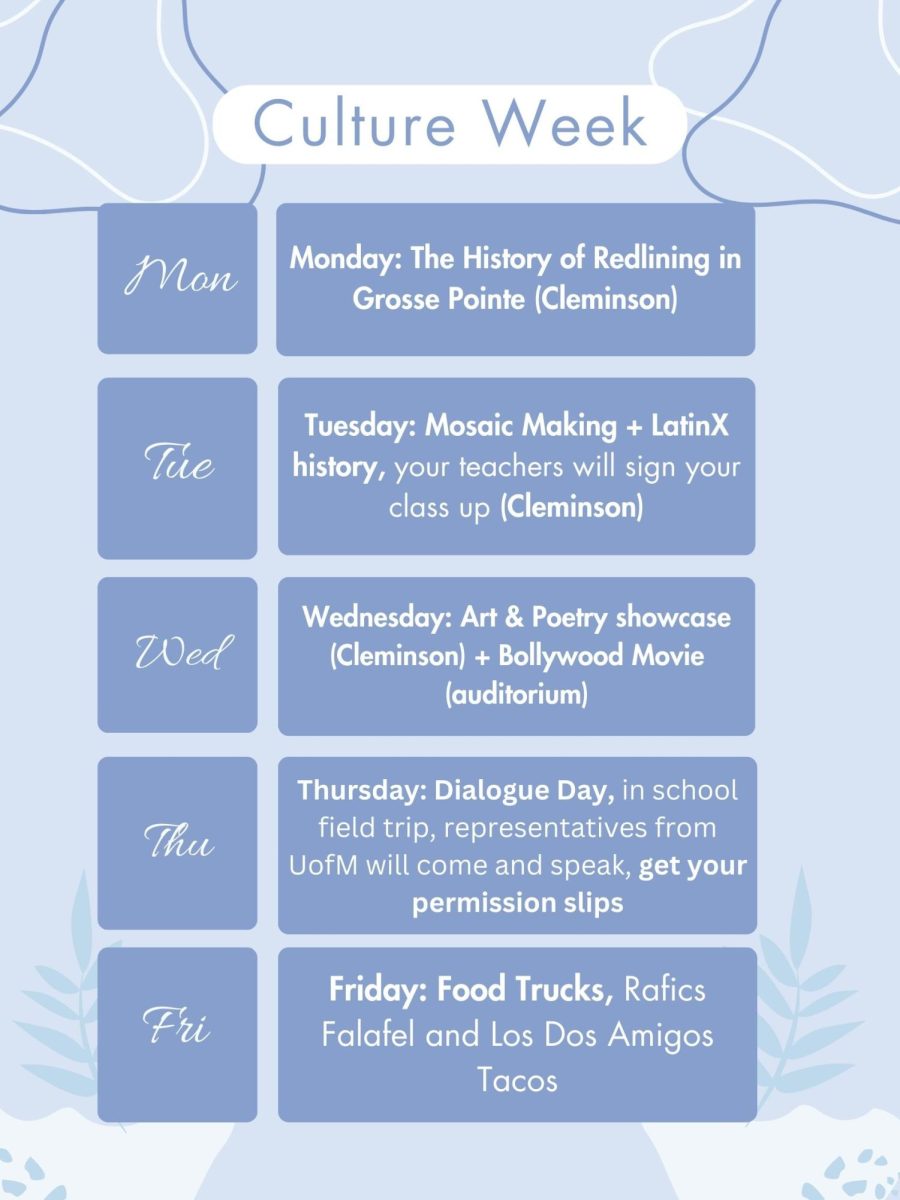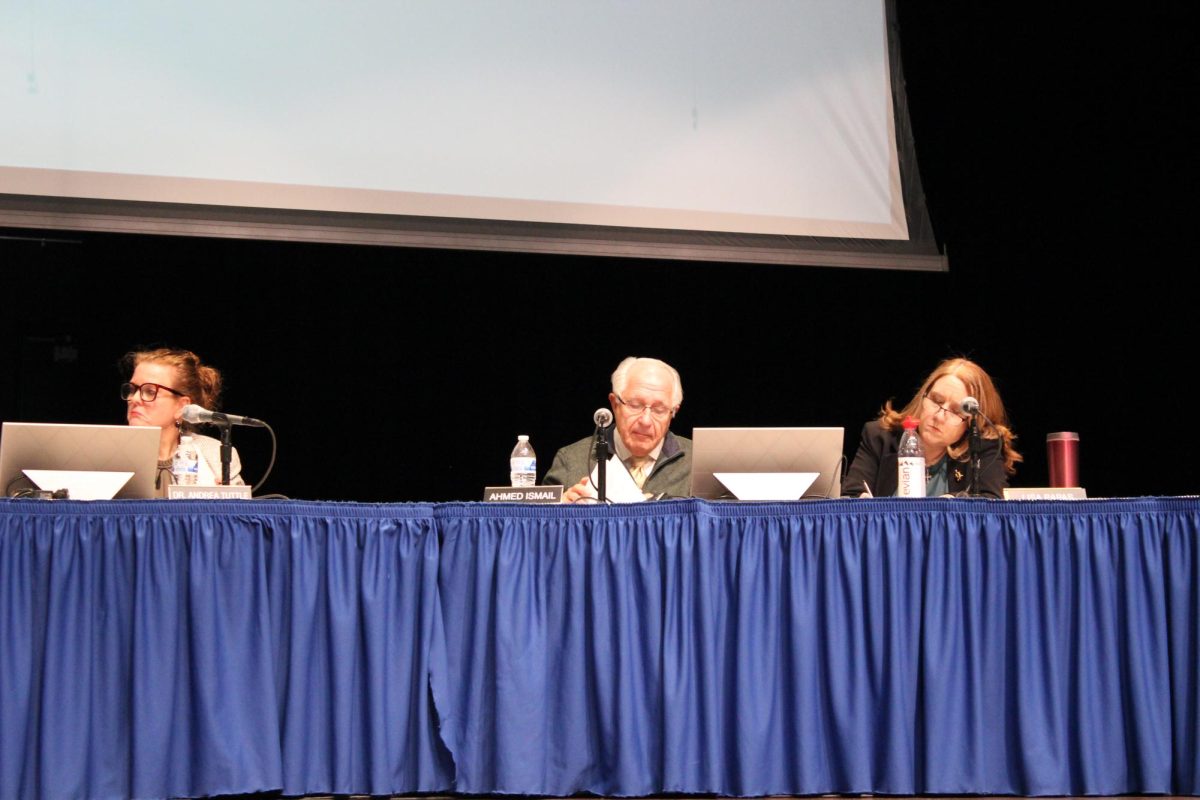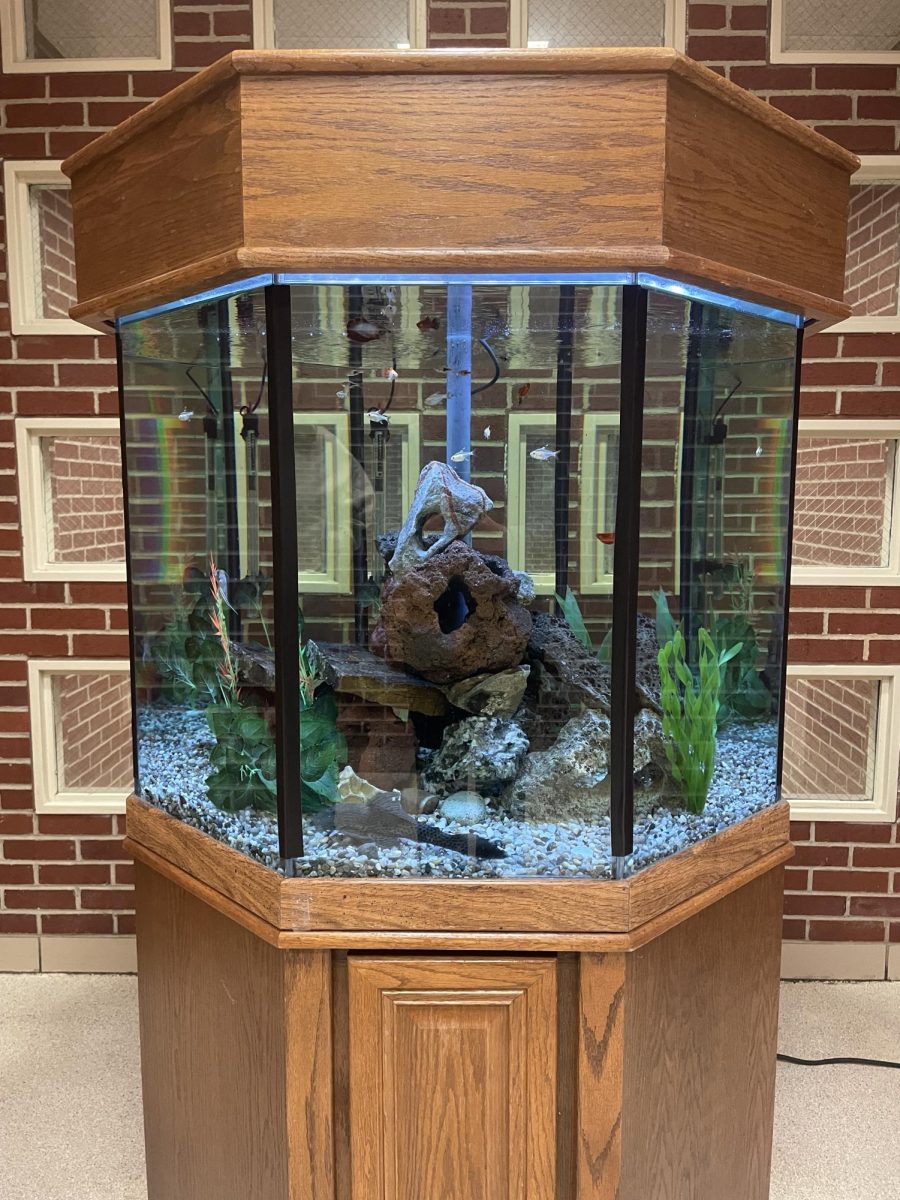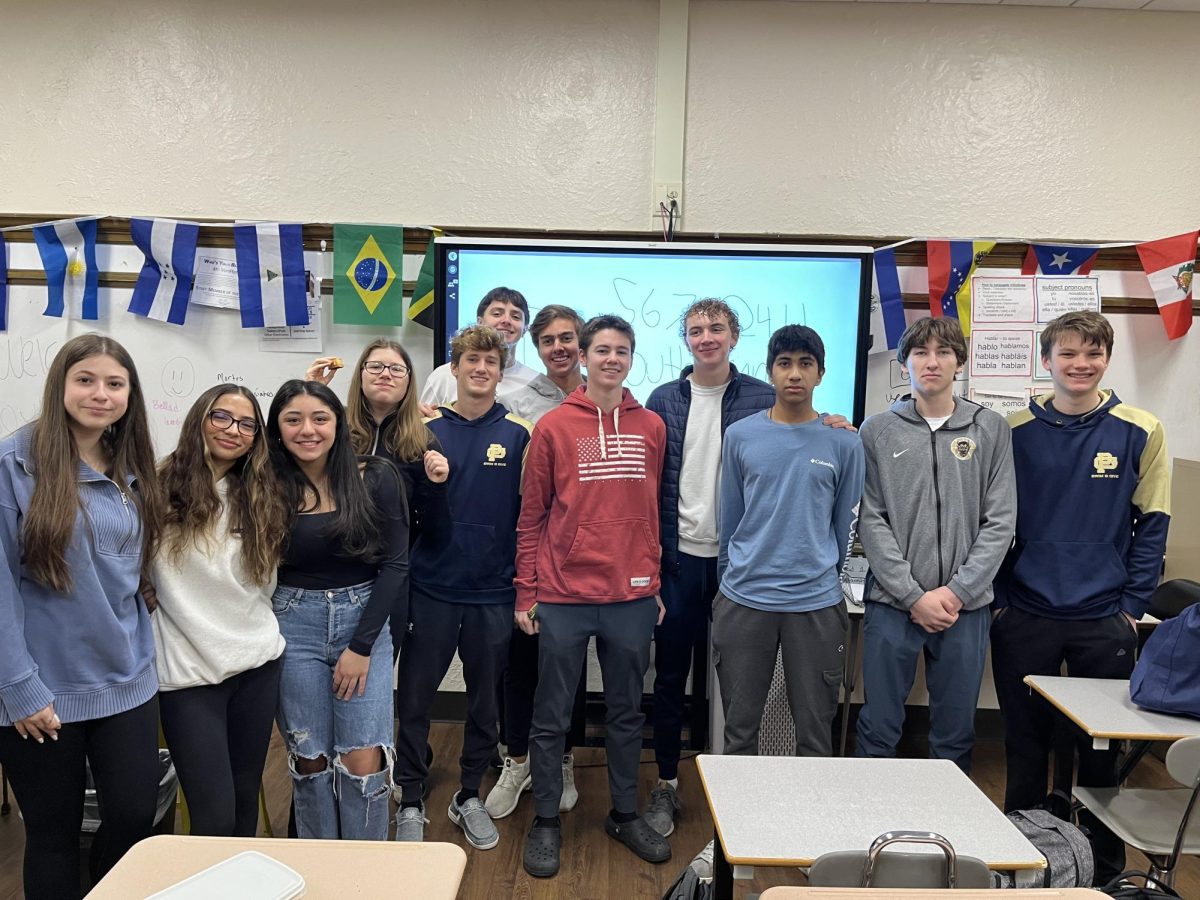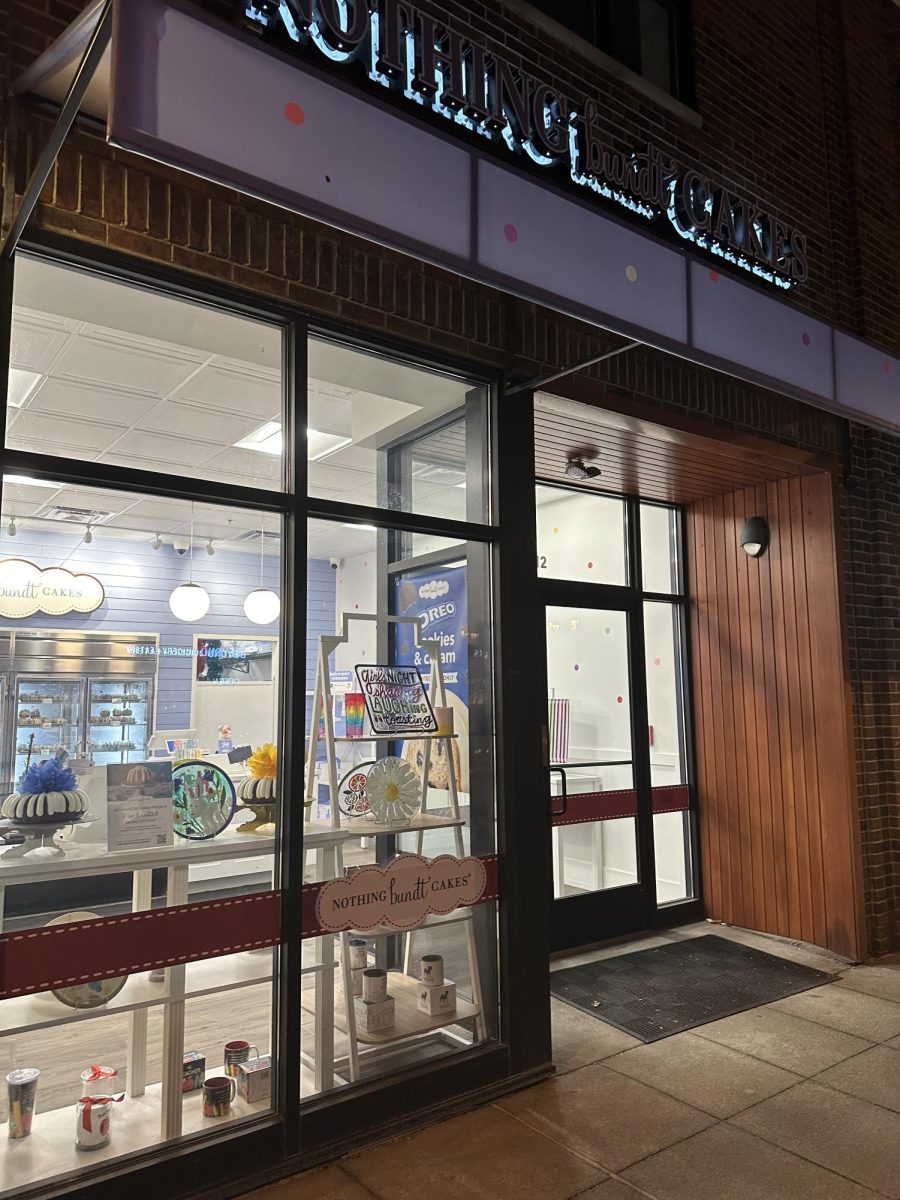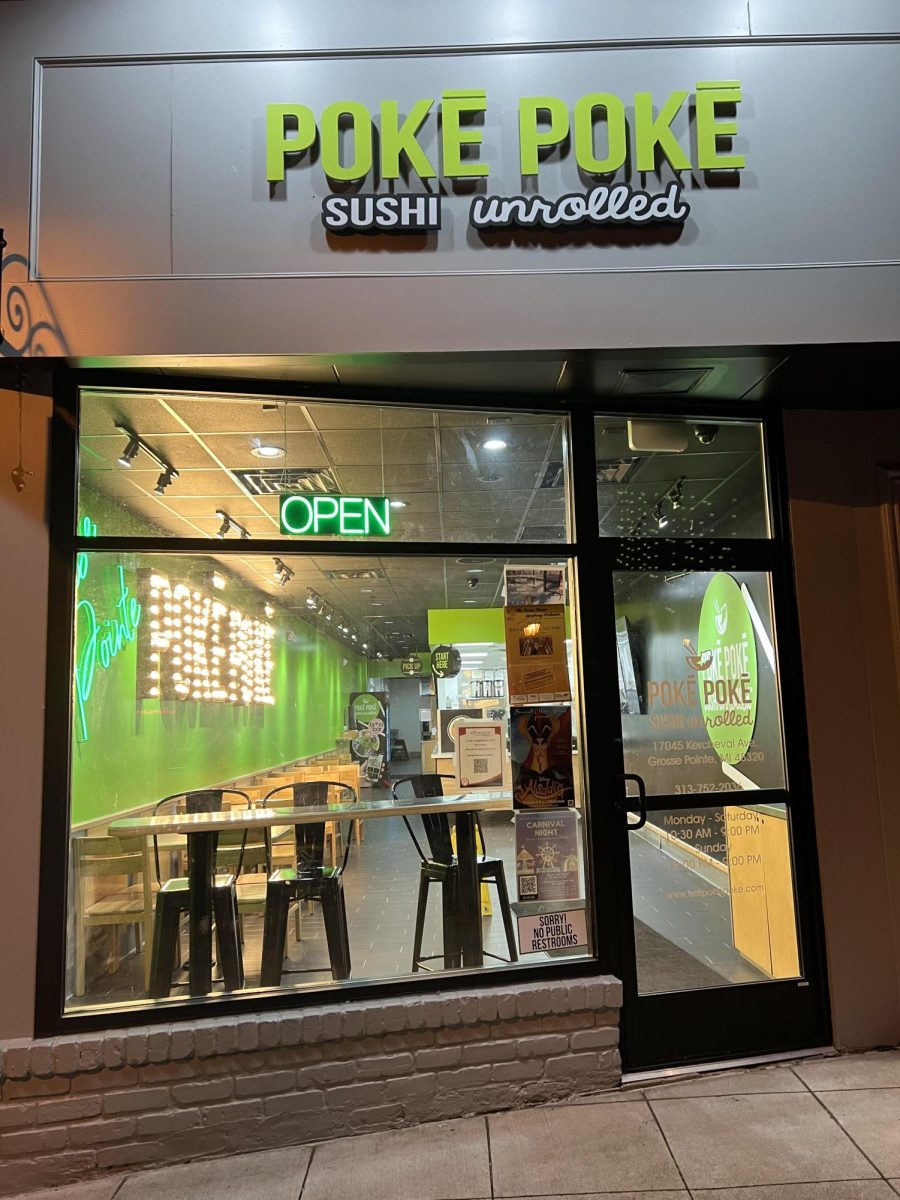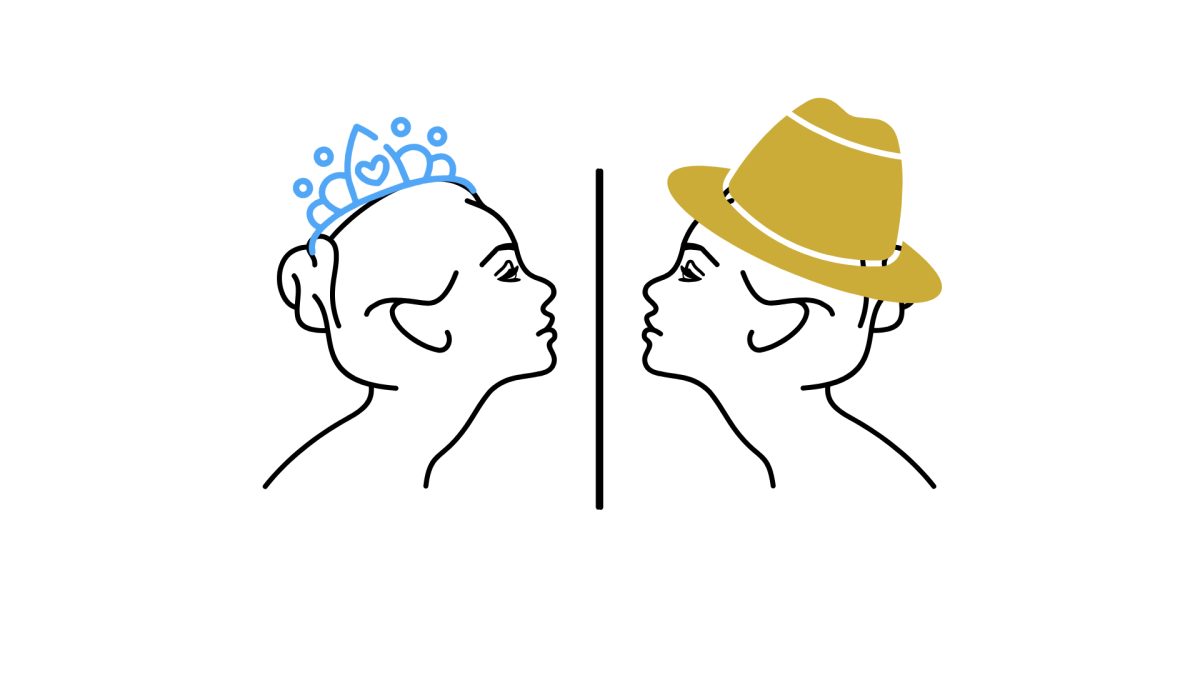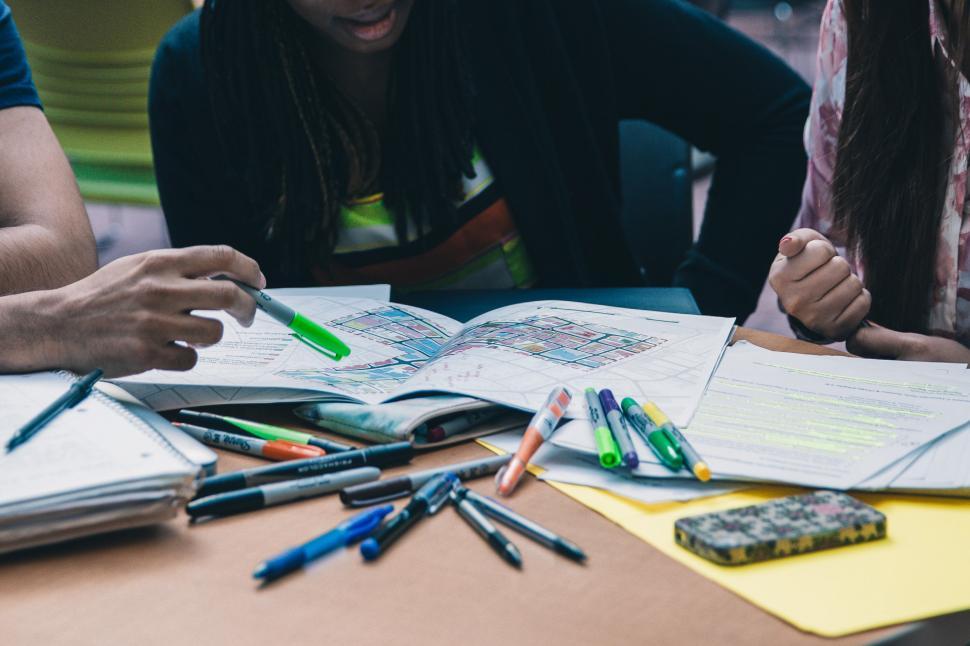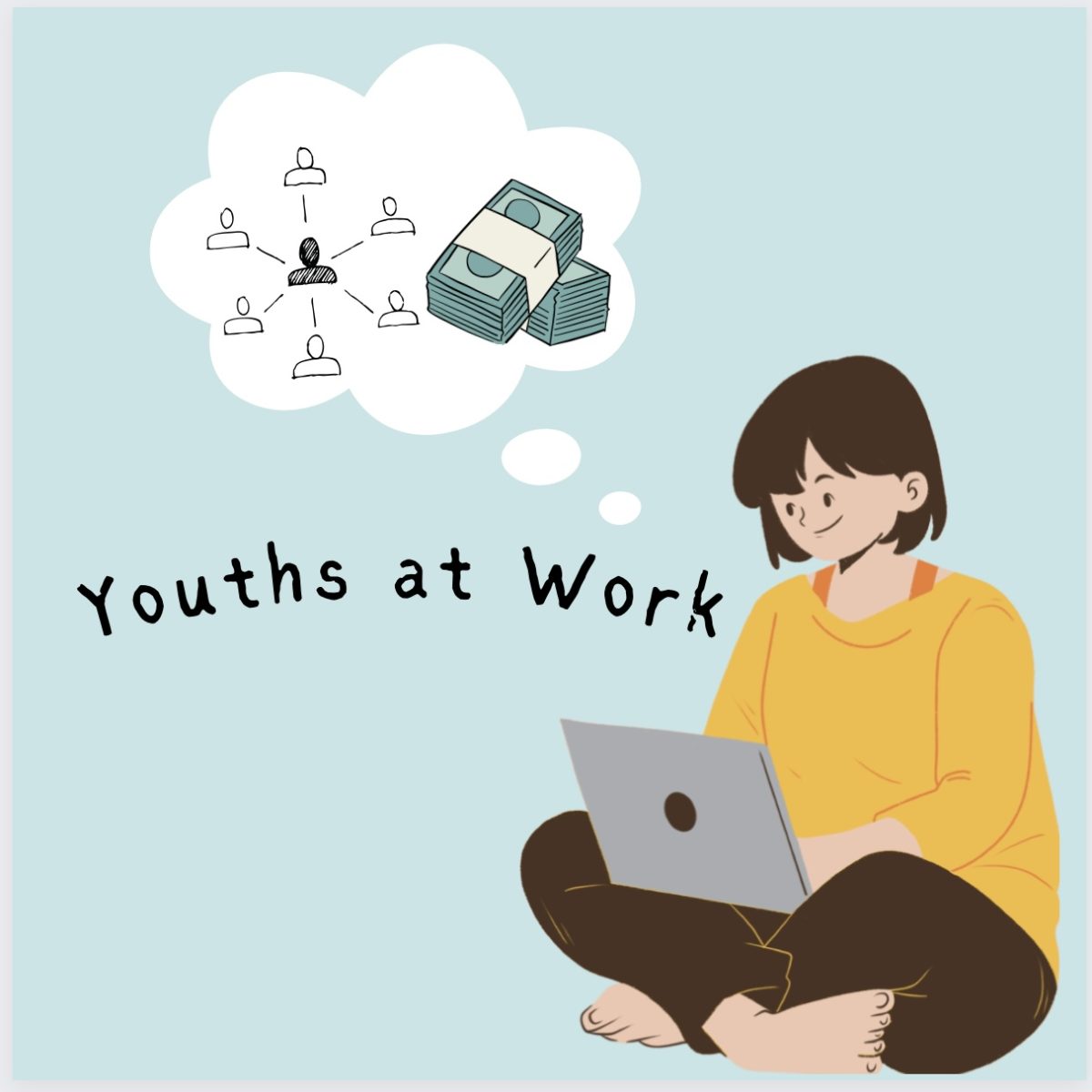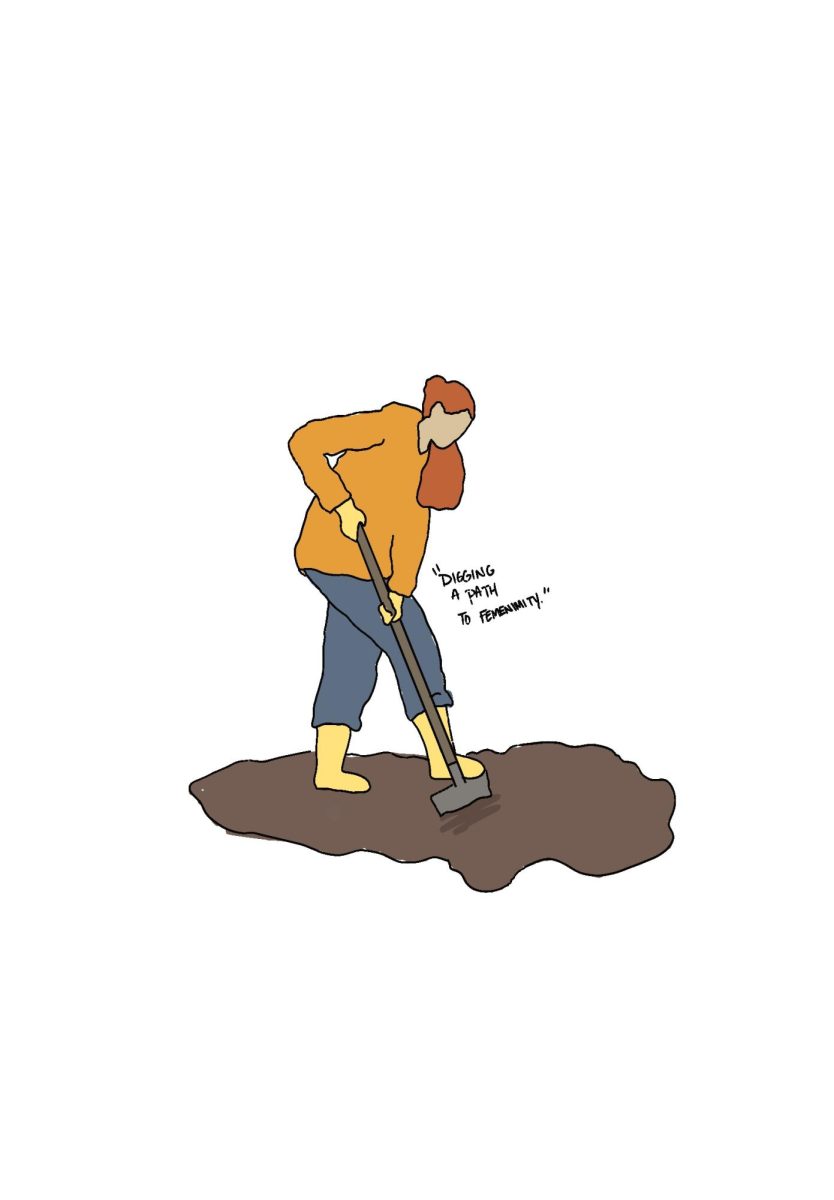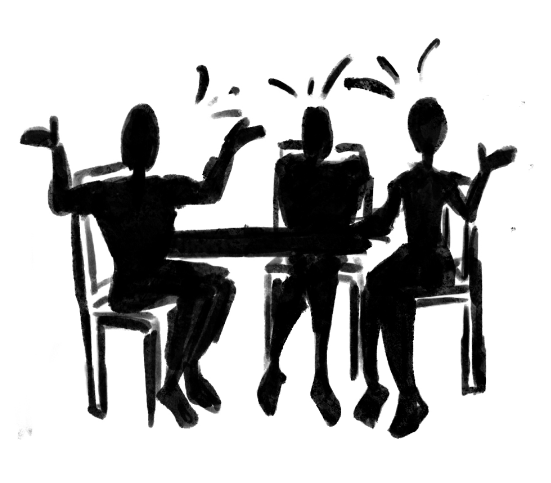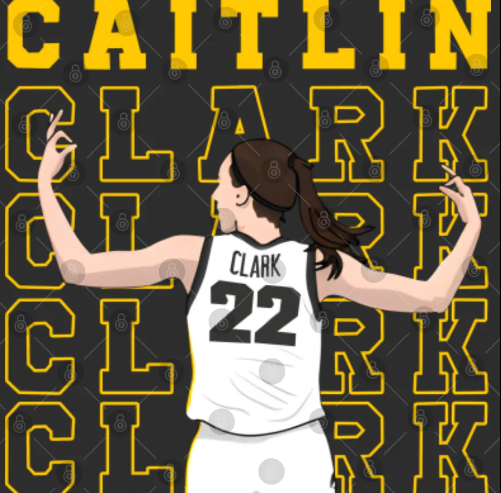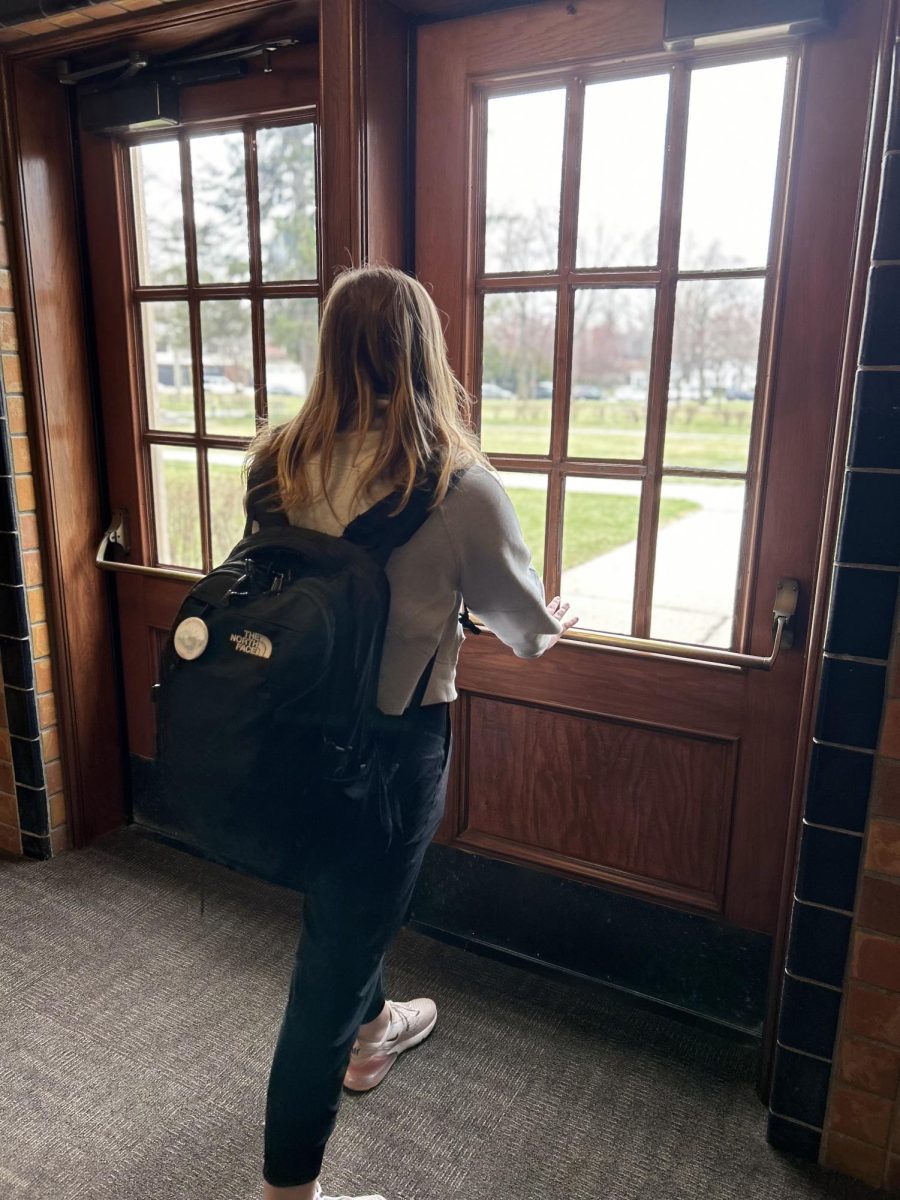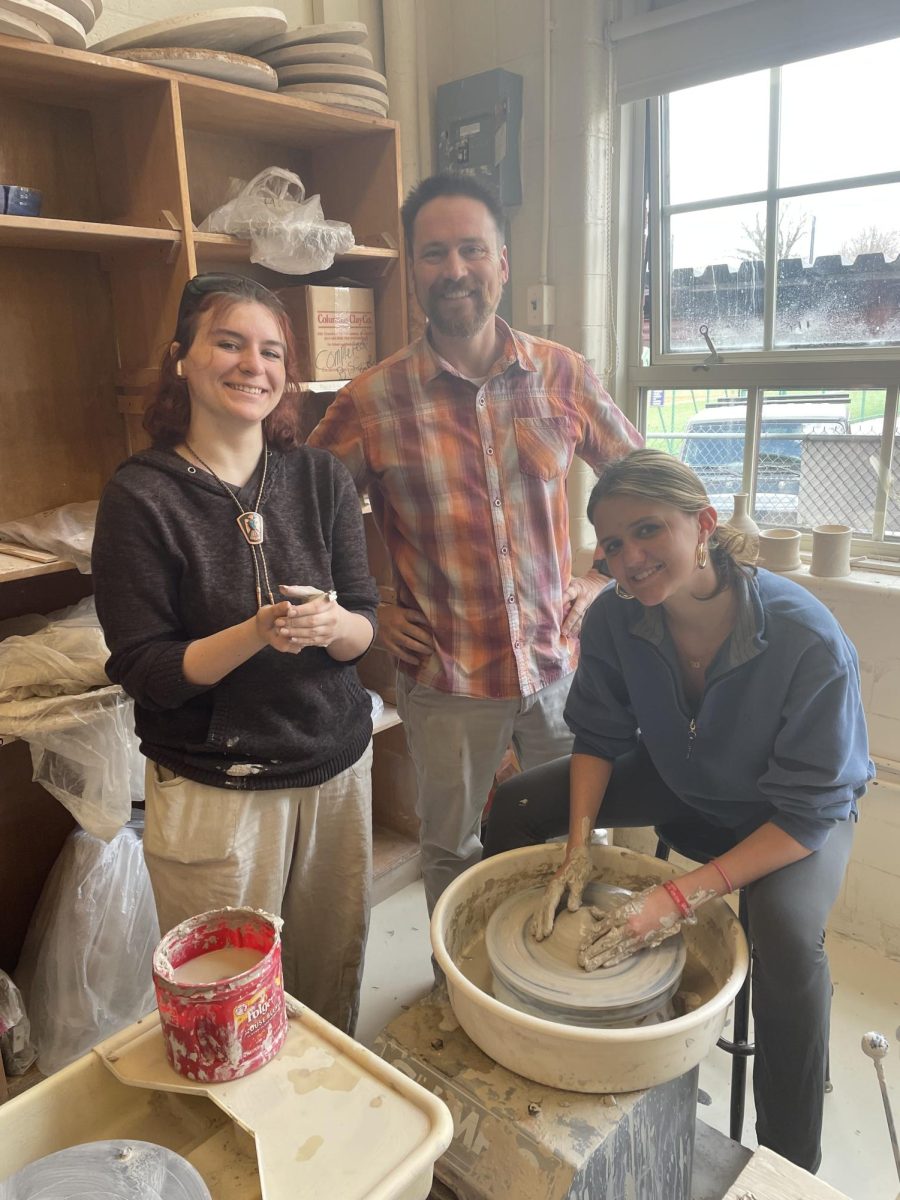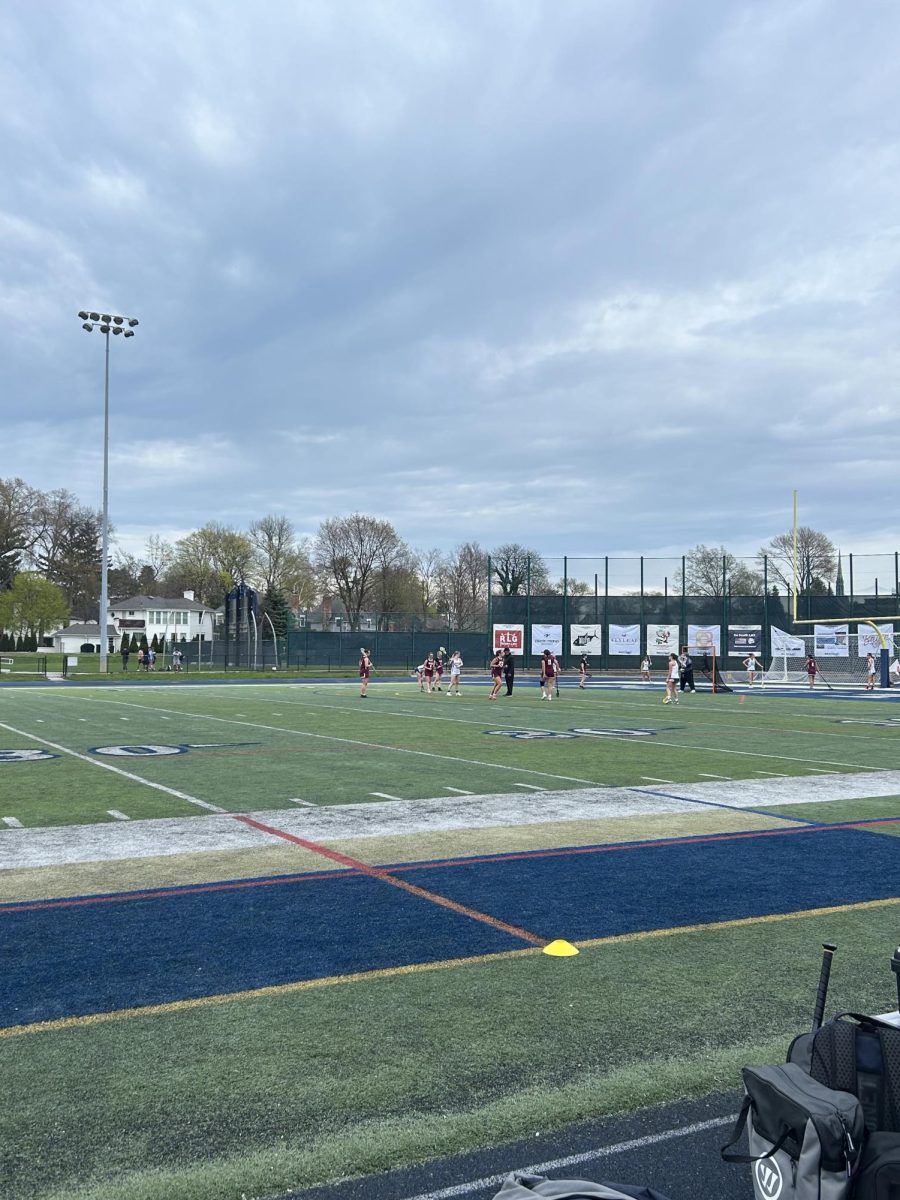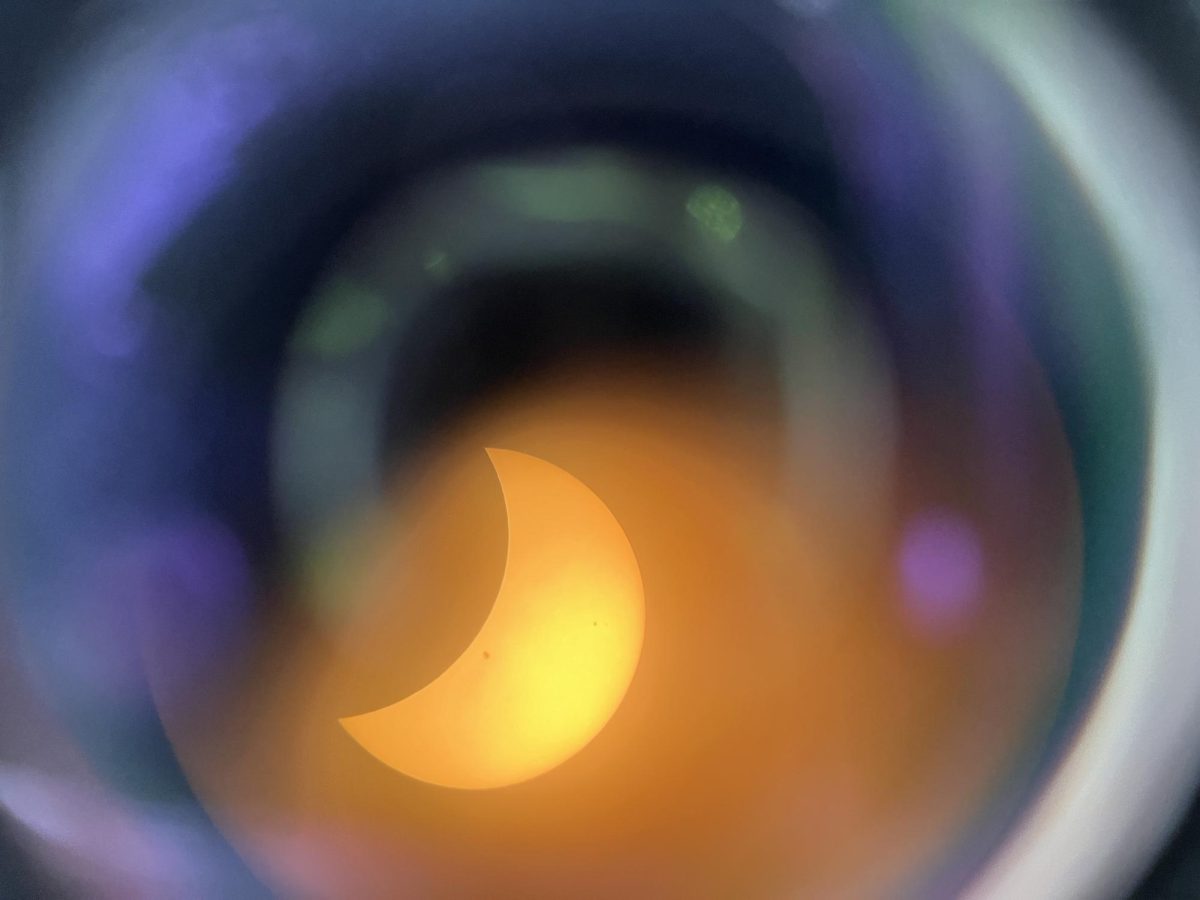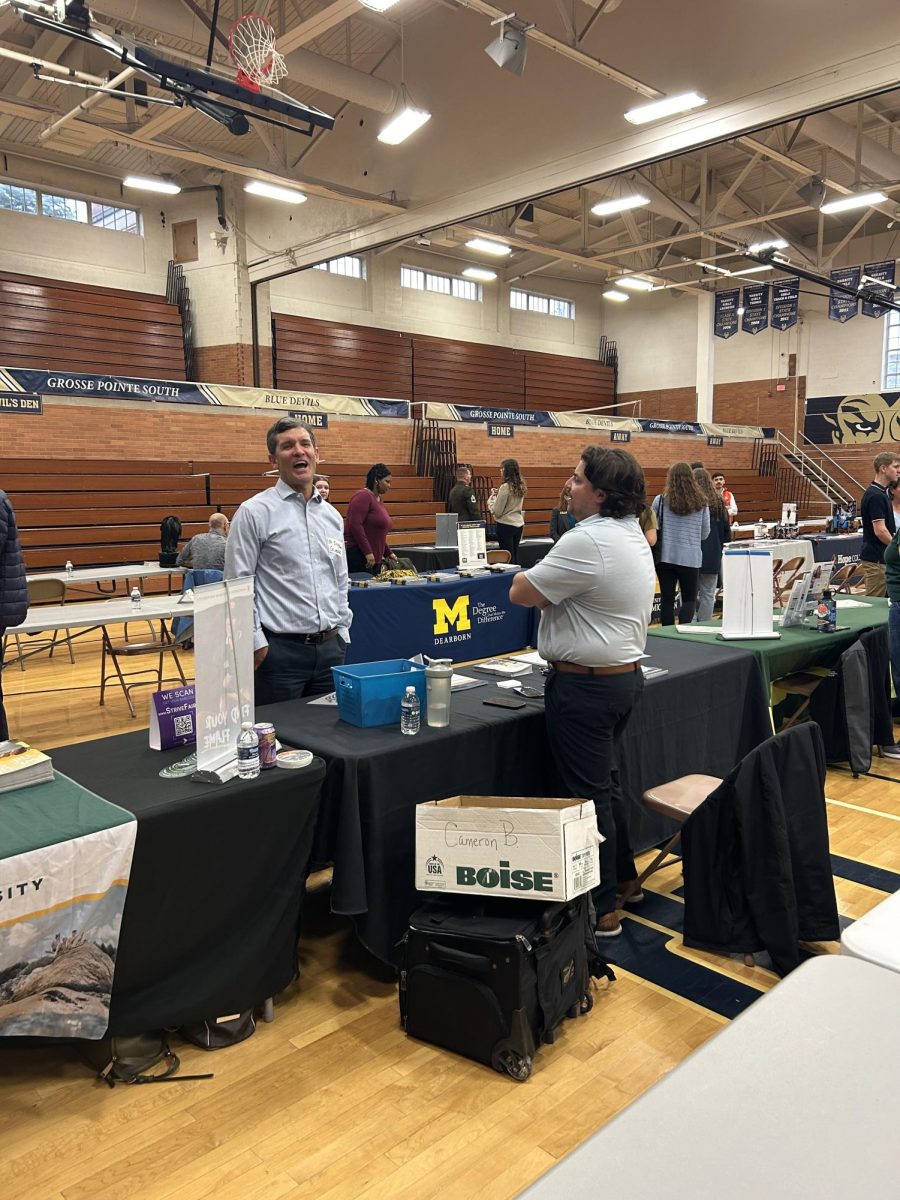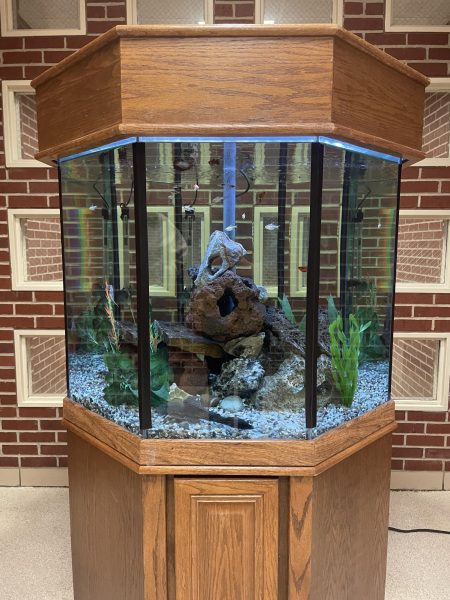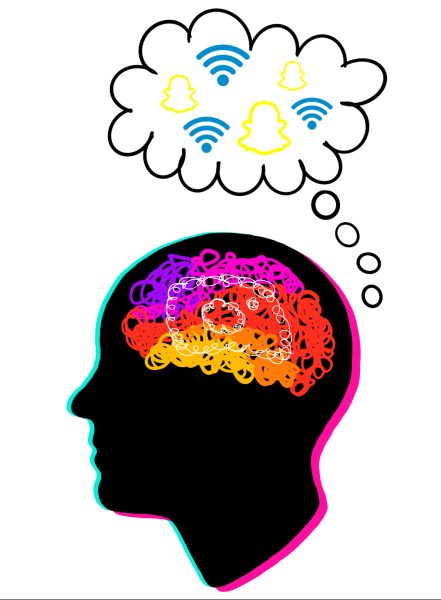Breaking the mold of modern technology
 Personal electronics have become something of a requirement for students these days, according to Emma Turner ’19.
Personal electronics have become something of a requirement for students these days, according to Emma Turner ’19.
Nicholas Provenzano, an english teacher at South who has incorporated technology into his everyday class, says that today’s technology has changed expectations for students.
“With their phone or computer, the internet allows them (students) access to everything all the time, which could be a bad thing,” Provenzano said.
Provenzano also said that expectations have changed because students are able to contact teachers with problems and questions sooner than in the past.
“In the past, if something happened, you had to wait until you saw a teacher at school,” Provenzano said. “Now with email you can easily contact teachers or administrators about things that need to be addressed in a far quicker fashion than previously.”
According to Provenzano, the trouble with technology is when students turn to the internet for answers instead of seeking to understand and interpret material on their own.
“I’m of the belief that if you ask a student a question that is ‘googleable,’ it’s the wrong question,” said Provenzano. “I believe that in the classroom, you want kids to not just answer what you give them, but then to ask questions. If the internet can just provide the answer to your question, so what?”
Provenzano said that it’s important for students to explore more than just their own opinion, especially when it comes to research.
“I think in english, science and social studies, how you interpret data and facts is huge, and I think you need to have opposing viewpoints,” Provenzano said. “There’s nothing worse than having an opinion and only finding research that supports your opinion. That’s not good research. You need to find a broad view and then make an opinion based on all the information available.”
Provenzano and Emily Bingham, a reporter for MLive’s “Michigan Life & Culture team” online, both noted that technology has opened up the lines for quick information and communication, from online news to social media.
Bingham said that technology has increased pressure on reporters in the digital world to provide coverage as soon as possible.
“People have this technology in their pocket all the time and they want up-to-the-minute news and information as soon as we can provide it to them,” Bingham said. “It has definitely increased demand for speedy, but still accurate, journalism.”
Bingham also agrees that technology has also opened up a fast and direct line of communication between people and information.
“Now, readers can just log in and just with a couple of clicks they can comment directly on your story or they can share your story on social media channels or they can email you directly right away,” Bingham said. “That opens up more of a direct line of communication with our readers, for better or for worse. Maybe a little bit of both.”
Bingham agrees that credibility is an important factor when looking at information online. She said it’s important for online sources to uphold the same journalistic values as any print reporter, like sourcing information from trustworthy places, making sure information is accurate, developing relationships with sources and people that can provide accurate and trustworthy information.
Twitter launced “twitter moments” in October of 2015, a feature that collected tweets from many different users and points of view all in one into one “moment” for different current events, according to their website.
Sites like Instagram, Facebook and even Spotify use an algorithm suggest content based on who people follow and what they like.
Provenzano said he views the way people interact on social media as a “symptom” of a bigger problem.
“People are increasingly getting their views straight-up from social media such as their Facebook page,” Bingham said. “Depending on who you are friends with and who you follow, along with Facebook’s algorithms, that will determine the news you are seeing.”
Turner said she notices this in the search tab on Instagram where users can scroll through recommended photos, when “suggestions for you” of accounts to follow in her feed.
Turner said she believes social media is a tool people should use more to stay informed on what’s happening.
“I think that part (of social media) is good, and I feel like we should use it more for that– I don’t– but keeping up to date on social media really helps and I feel like more people should check the news on their phones because because we have so much available,” Turner said.
Bingham said that it’s important for readers to stay “educated” by being aware of potential biased news and reading news from different sources, that way they get information from a variety of perspectives.
“Make sure you are getting your news from sources that are as unbiased as possible, but also from a variety of places,” Bingham said. “If you normally catch CNN every morning for top headlines, you may want to also subscribe to a couple of other digital online media outlets to make sure you are getting a balanced news ‘diet’.
Provenzano added that it’s important to recognize social media as a positive tool for change and communication.
“It’s easy to say social media is bad because people do bad things, it’s a lazy approach,” Provenzano said. “The tough thing is teaching people how to use it effectively so you can do things like change the world and make a positive impact.”



